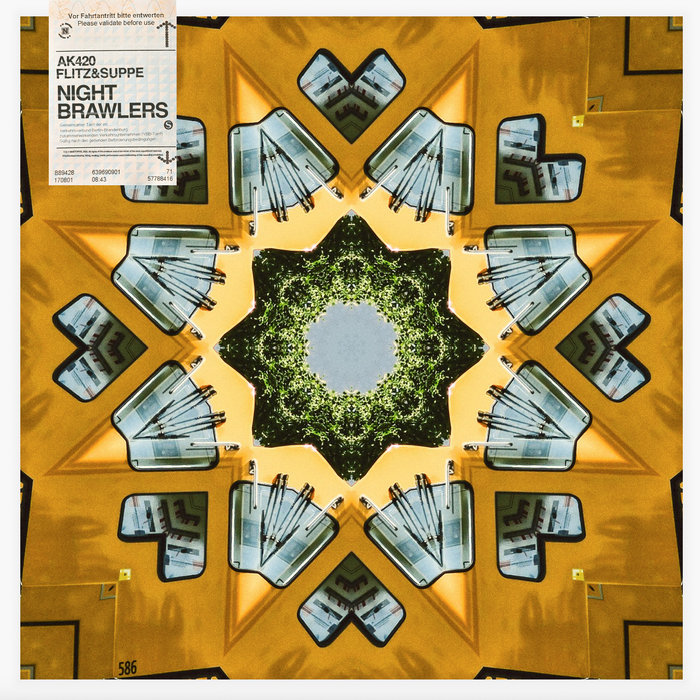
Northbound – AK420 x Flitz&Suppe
this blog is GROOVY – check out great Soul, Funk, Jazz, Hip Hop, Bass, Breaks , Reggae, House n many more TUNES
Germany! The land of poets, thinkers, and some seriously infectious beats. From classical compositions that make you wanna swoon to techno sounds that keep you dancing until dawn, the history of music in Germany is as varied and vibrant as a carnival parade. Let’s groove through its rich music scene while throwing in some fun tidbits about musicians along the way!
Let’s take it back to the 18th century when composers like Johann Sebastian Bach and Ludwig van Beethoven were ruling the musical landscape. Think wigs, harpsichords, and enough emotional intensity to fill a room.
Bach was like the Mozart of his day… wait, actually he was before Mozart! Known for his intricate compositions, he had this knack for making even an organ sound cooler than your average rock band. Funny fact: Bach loved coffee so much that he wrote a whole cantata about it called Schweigt stille, plaudert nicht! which translates to “Be still, stop chatting!” – because obviously people needed to hush up during their coffee breaks!
Then came Beethoven who took composition into new territories—he turned those sonatas upside down! He went from playing piano at parties to being deaf yet composing masterpieces later on; talk about dedication! Here’s something interesting: He had such a fiery personality that sometimes he’d leave no tip when dining out just out of sheer frustration over poor service. Grumpy musician alert!
As we moved into the 19th century (cue dramatic lightning strikes), composers like Johannes Brahms and Richard Wagner took us on an emotional rollercoaster ride with grand orchestras and operas that could melt your heart or raise your hair.
Wagner brought opera drama like never before—with stories full of gods battling for love or gold (and lots of long-lasting tunes). On top of all this grandeur? He reportedly insisted on taking only white flowers in his dressing room because they matched his vision perfectly—such flair!
While classics ruled high society events, folk music remained close to home—German folk songs filled kitchens and dance halls alike. Remember Oktoberfest? Well it’s not just about beer; it’s got polka too! Yes indeed folks; nothing says “let’s dance” quite like lederhosen twirling under giant pretzel banners.
Fast forward into modern times where every waltz led right back down to earth—and don’t forget those lively polkas making sure no one stood still at festivals across Bavaria (or anywhere else). And let me tell you—the stereotype that Germans lack rhythm is totally off-key!
In the late ’60s & early ’70s things began getting groovy with Krautrock—a blend combining progressive rock influences tied together by experimental electronic sounds powered by bands like Kraftwerk (the robotic pioneers) and Can.
These guys made synthesizers cool long before DJs knew what hit them—notable for their strange outfits resembling futuristic robots . Did you know they once performed wearing matching suits adorned with lighting effects? Talk about tech fashion goals!
As we coasted through decades past punk rock rattling our cages hard—we found ourselves slipping deeper into Berlin nightlife where DJ culture flourished throughout ‘90s raves—a place inviting everyone from crazy techno lovers shaking it till sunrise… all men dressed only in black (of course).
Is there anywhere more legendary than Berghain? This club isn’t just known for its beats but also has comical myths surrounding bouncers turning away celebs left-right-center based purely on look—and yes rumors include David Guetta somehow being denied entrance while wearing sunglasses indoors—whoopsie daisy Dav-ids’ ego bruised?
Looking beyond Berlin shows how diverse German music really can be—from beloved pop melodies courtesy acts such as Nena (“99 Luftballons”) echoing through airwaves worldwide—to Schlager artists crooning catchy tunes guaranteed get stuck inside heads longer than jammed car radios after road trips gone wrong (Sorry not sorry).
Germany might have started with classical roots but oh man did it branch out beautifully! Each era introduces new styles reshaping genres pushing forth rhythmic boundaries paving ways toward future musical experiments redefining lines between art forms forevermore.
So whether you’re jamming out at an outdoor festival or sipping glühwein by candlelight listening intently towards magical harmonies around fireside gatherings—you’ll find Germany’s musical tapestry woven snugly wrapped around global consciousness spiraling ever onward taking us places far beyond imagination—even if it’s just letting loose atop dance floors fueled caffeine kick-ins from nearby cafés keeping spirits high reminding us life itself is simple perfect melody waiting discovery dancing feet propelled joyfully skyward cause hey—it’s all about feeling good baby!

Northbound – AK420 x Flitz&Suppe

He Does It Better – MARVA JOSIE

We Shall Over Come (Robag Wruhme RMX-Edit.22) – Gustav
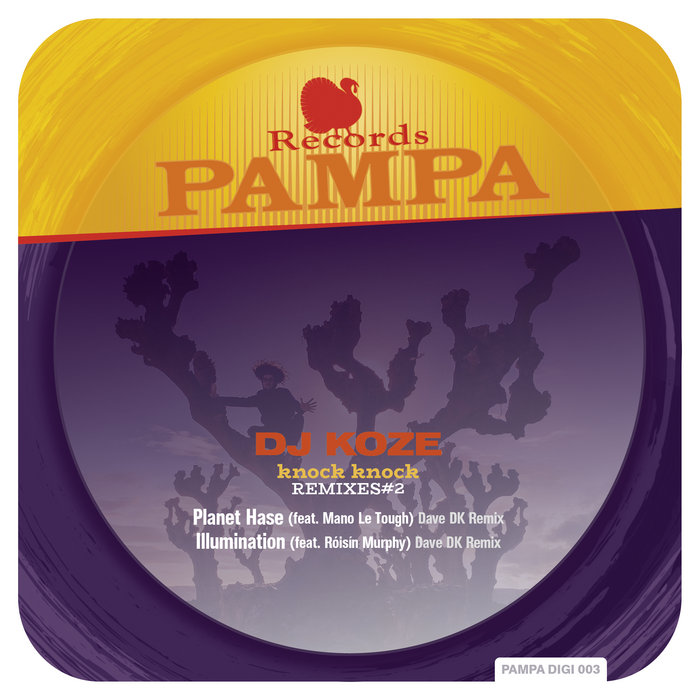
Illumination Feat. Róisín Murphy (Dave DK Remix) – DJ Koze
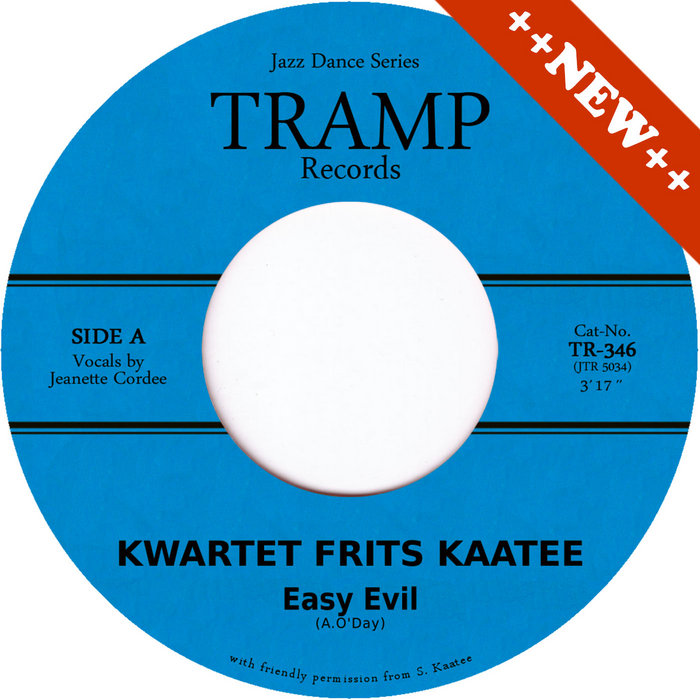
In The Name Of Love – KWARTET FRITS KAATEE
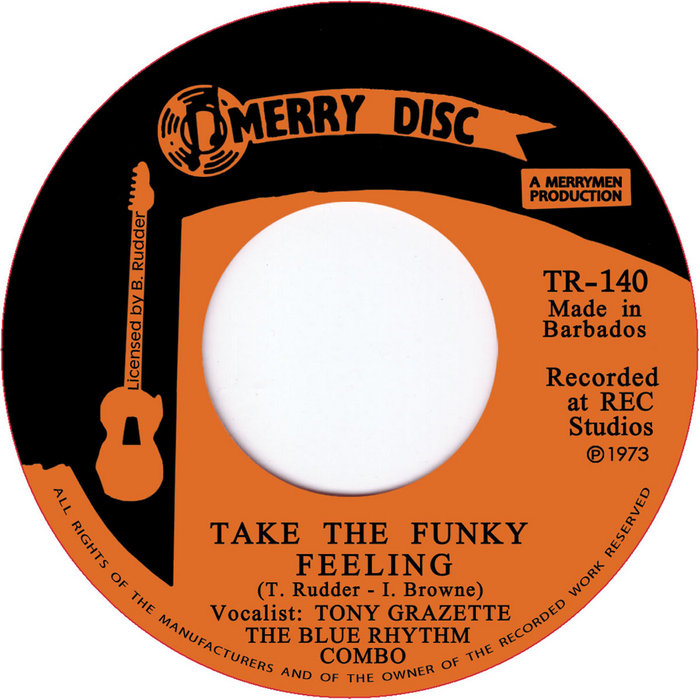
Take The Funky Feeling – BLUE RHYTHM COMBO
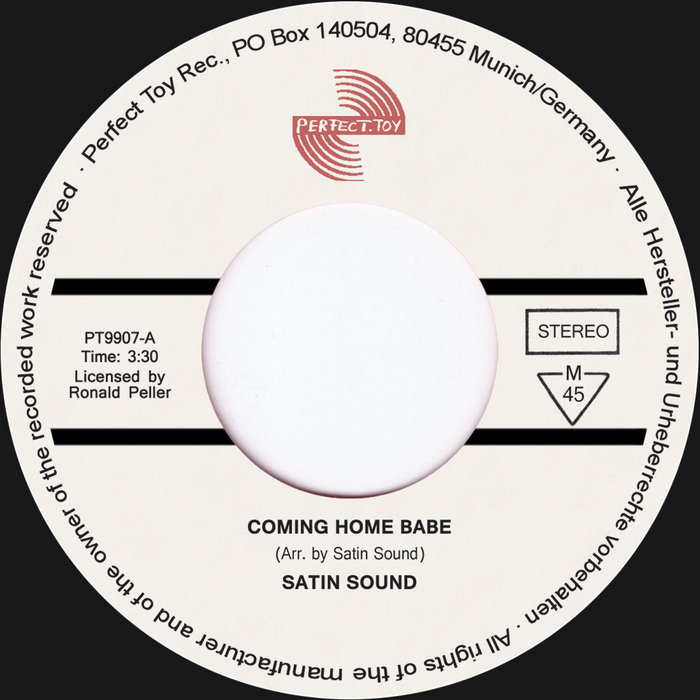
Coming Home Baby – Ronny Pellers Satin Sound
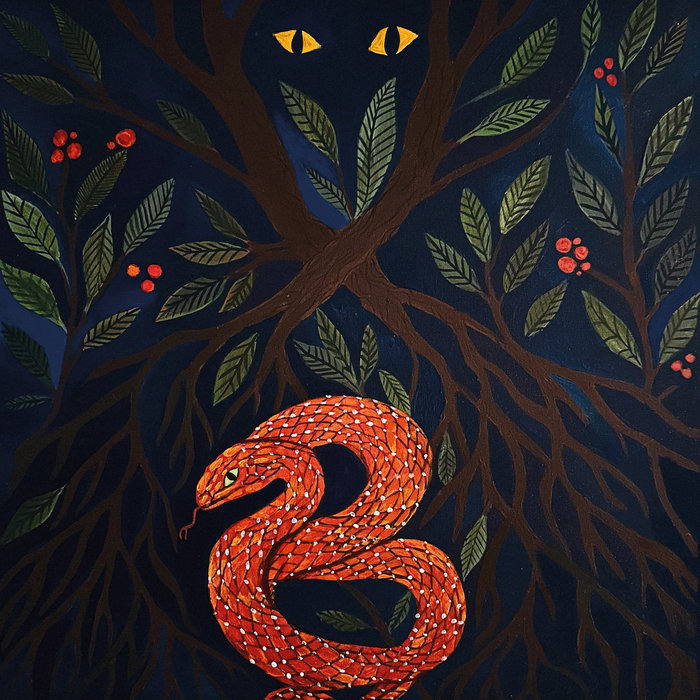
that time in brasil (feat. dennisivnvc) – Wun Two